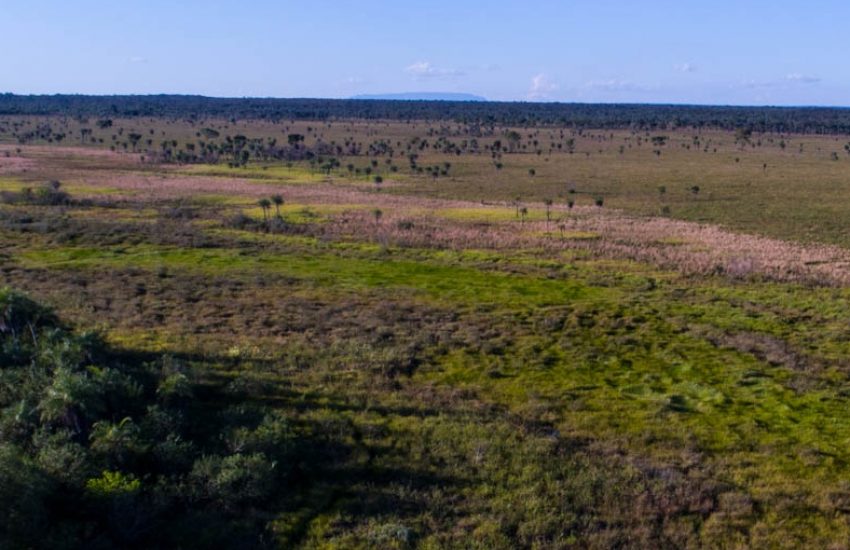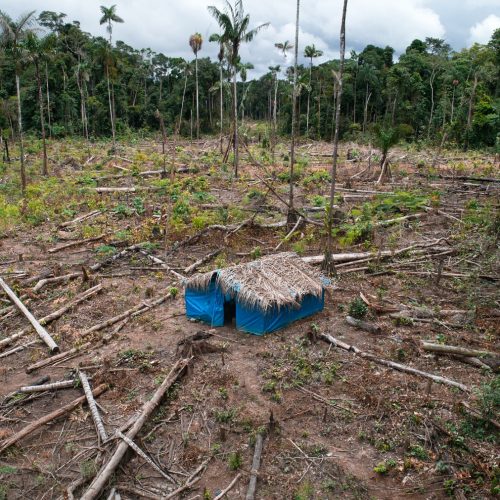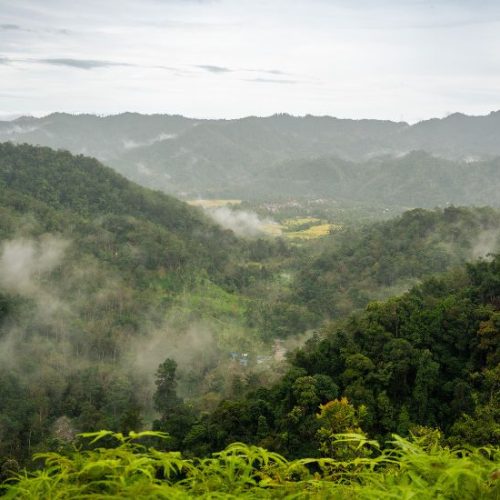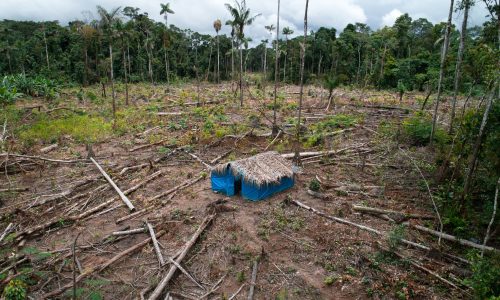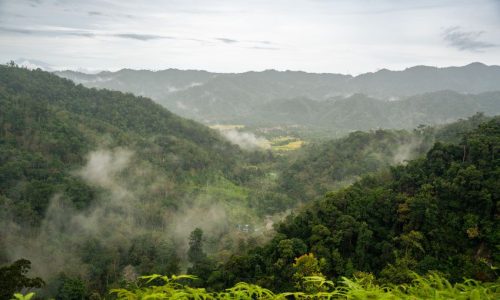Tuesday 21 may 2019
A new law enacted by the Indigenous Autonomous Government of the Charagua district in Bolivia declares 1.2 million hectares as a conservation area. The approval of this law allows for the protection of a continuous conservation area of almost 6 million hectares in the Gran Chaco region. It is the first protected area that was created by an Autonomous Indigenous government in Bolivia.
Header photo: Panoramic view of Ñembi Guasu area (c) Nativa
Stretching across Argentina, Paraguay, Bolivia and a bit of Brazil, the Gran Chaco Americano constitutes the largest forest mass in South America, after the Amazon. It consists mostly of semi-arid lowlands forests and wetlands encompassing a total of around 100 million hectares. The ecoregion holds huge reserves of water, energy and cultivable land, and a great diversity of indigenous peoples, but is under increasing threat by climate change and an expanding agricultural frontier.
Largest conservation area of the Chaco region
‘The law formalizes the protection of the Ñembi Guasu area, which together with National Parks Kaa Iya in Bolivia and Defensores del Chaco in Paraguay, forms the biggest conservation area of the Chaco region with almost 6 million hectares,’ says Ivan Arnold, director of IUCN NL partner organization Nativa, who supported the process with the Charagua government.
Home of the Guaraní
‘The delimitation and consolidation of Ñembi Guasu is not just about conservation, it is also about the wellbeing of the Indigenous Guaraní people,’ said Adhemar Flores, a member of the Indigenous Autonomous Government of Charagua, when he announced the approval of the law. ‘We are conserving our home, home of our children and future generations.’
‘The protected areas in Charagua were designed to maintain the subsistence of the Guaraní,’ says Jose Avila from the Indigenous Autonomous Government. ‘Kaa Iya National Park was created in accordance with the Guarani people’s vision and also Ñembi Guasu will protect their natural resources, tradition, culture and other values.’
Uncontacted tribe
Ñembi Guasu will also maintain land for the Ayoreo population, thought to be the only uncontacted Indigenous people south of the Amazon. Traditionally hunter-gatherers, the small group is increasingly threatened by loss of territory.
Protection under Indigenous autonomy
Ñembi Guasu thereby is the first protected area created under the Indigenous autonomy framework in Bolvia. It will be managed by the Autonomous Indigenous Campesino Government of Charagua (GAIOC), the governing body within Charagua, which intends to create a system of protected areas to protect the land and the wellbeing of the Guarani people.
‘An impressive 68% (more than 5 million hectares) of the territory under Autonomous Indigenous governance has now been declared as protected areas,’ says Sander van Andel, Senior Expert Nature Conservation at IUCN NL, ‘and two additional conservation areas are in the process of being approved.’
IUCN NL, World Land Trust and Nature and Culture International assisted Nativa Bolivia and the GAIOC in establishing Ñembi Guasu, amongst others with an ecological study to substantiate the bill.
Read more
Also see the following articles on news site Mongabay:
